Low salt in blood symptoms. Low Blood Sodium: Causes, Symptoms, and Treatment of Hyponatremia
What are the symptoms of low blood sodium. How is hyponatremia diagnosed. What causes sodium levels to drop in the body. How is low blood sodium treated. Can hyponatremia be prevented. What complications can arise from untreated hyponatremia. Who is at risk for developing low blood sodium.
Understanding Hyponatremia: When Sodium Levels Drop Too Low
Hyponatremia, commonly known as low blood sodium, occurs when sodium levels in the blood fall below 135 milliequivalents per liter (mEq/L). This condition can range from mild to severe and potentially life-threatening if left untreated. Sodium plays a crucial role in regulating fluid balance, blood pressure, and proper nerve and muscle function in the body.
Why is sodium balance so important? The body carefully regulates sodium levels to maintain proper cellular function. When sodium levels drop too low, water moves into cells to balance the concentration, causing them to swell. This swelling can be particularly dangerous for brain cells, as the rigid skull leaves little room for expansion.

Common Causes of Hyponatremia: From Medical Conditions to Lifestyle Factors
Hyponatremia can result from various factors, often categorized into three main types:
- Euvolemic hyponatremia: Total body water increases while sodium content remains stable
- Hypervolemic hyponatremia: Both sodium and water content increase, but water gain is greater
- Hypovolemic hyponatremia: Both water and sodium are lost, but sodium loss is more significant
Some common causes of low blood sodium include:
- Kidney diseases or failure
- Congestive heart failure
- Liver cirrhosis
- Syndrome of inappropriate antidiuretic hormone secretion (SIADH)
- Excessive fluid intake (polydipsia)
- Diuretic medications
- Severe vomiting or diarrhea
- Extensive burns
- Excessive sweating
- Certain medications (e.g., antidepressants, pain medications)
Are certain individuals more susceptible to developing hyponatremia? Yes, older adults, people with chronic medical conditions, and those taking certain medications are at higher risk. Additionally, endurance athletes who drink excessive amounts of water without properly replenishing electrolytes can develop exercise-associated hyponatremia.

Recognizing the Signs and Symptoms of Low Blood Sodium
Symptoms of hyponatremia can vary depending on the severity and how quickly sodium levels drop. Mild cases may produce no noticeable symptoms, while severe cases can lead to life-threatening complications.
Common symptoms of hyponatremia include:
- Nausea and vomiting
- Headache
- Confusion or mental fog
- Fatigue and low energy
- Irritability or mood changes
- Muscle weakness, twitching, or cramps
- Loss of appetite
- Restlessness
In severe cases, hyponatremia can lead to:
- Seizures
- Coma
- Brain swelling (cerebral edema)
- Respiratory arrest
- Death
How quickly can symptoms of hyponatremia develop? The onset of symptoms can vary. Acute hyponatremia, which develops rapidly (usually within 48 hours), tends to cause more severe symptoms than chronic hyponatremia, which develops over a longer period.
Diagnosing Hyponatremia: Beyond Simple Blood Tests
Diagnosing hyponatremia involves more than just measuring blood sodium levels. Healthcare providers typically follow these steps:
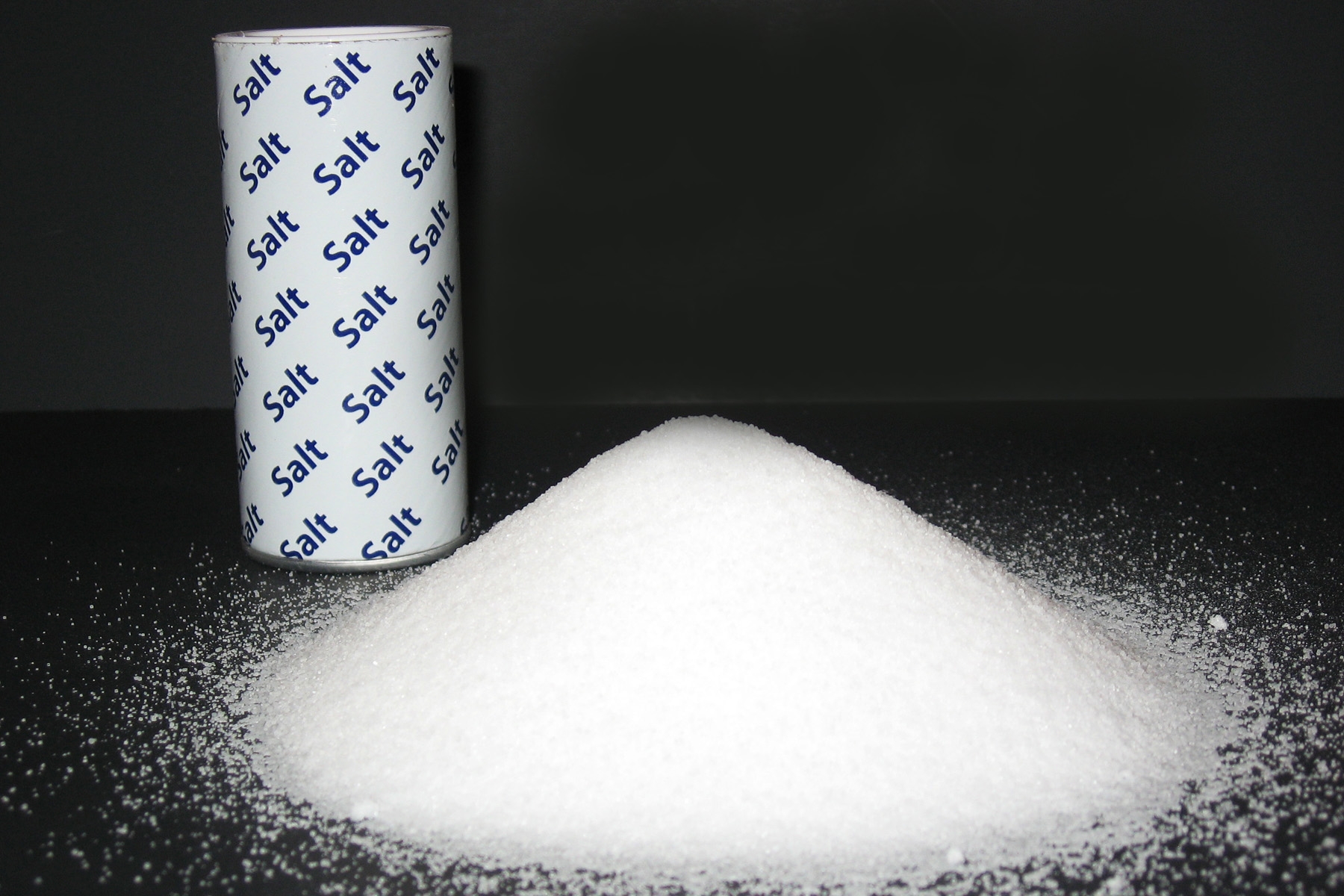
- Medical history review: The doctor will ask about symptoms, medications, and medical conditions.
- Physical examination: This may include checking for signs of dehydration or fluid overload.
- Blood tests: These measure sodium levels and other electrolytes, as well as kidney and liver function.
- Urine tests: These help determine if the body is losing or retaining sodium.
- Imaging studies: In some cases, brain scans may be necessary to check for swelling or other abnormalities.
What specific blood sodium levels indicate hyponatremia? Generally, a blood sodium level below 135 mEq/L is considered low, with levels below 120 mEq/L often indicating severe hyponatremia.
Treatment Approaches for Hyponatremia: Balancing Safety and Efficacy
The treatment of hyponatremia depends on its severity, underlying cause, and how quickly it developed. Treatment options may include:
- Intravenous (IV) sodium solution: For severe cases, sodium may be administered directly into the bloodstream.
- Fluid restriction: In cases of excess fluid, limiting fluid intake can help raise sodium levels.
- Diuretics: These medications can help remove excess fluid from the body.
- Medications: Certain drugs can help the body eliminate excess water while retaining sodium.
- Treating underlying conditions: Addressing the root cause, such as managing heart failure or adjusting medications.
Why is careful monitoring crucial during treatment? Correcting sodium levels too quickly can lead to serious complications, including osmotic demyelination syndrome, a potentially fatal condition affecting the brain. Therefore, treatment is typically conducted under close medical supervision, often in a hospital setting for severe cases.

The Importance of Gradual Sodium Correction
Healthcare providers aim to raise sodium levels slowly, typically no more than 8-10 mEq/L in 24 hours and 18 mEq/L in 48 hours. This gradual approach helps prevent neurological complications associated with rapid sodium correction.
Preventing Hyponatremia: Strategies for Maintaining Healthy Sodium Levels
While not all cases of hyponatremia can be prevented, certain strategies can help reduce the risk:
- Balanced hydration: Drink fluids in moderation, especially during intense physical activity.
- Electrolyte-rich drinks: Consider sports drinks or electrolyte solutions during prolonged exercise or in hot weather.
- Medication management: Work with your healthcare provider to manage medications that may affect sodium levels.
- Regular check-ups: Monitor sodium levels regularly if you have a condition that increases your risk of hyponatremia.
- Dietary considerations: Consume a balanced diet that includes appropriate amounts of sodium.
How much sodium should a person consume daily? The recommended daily intake of sodium for most adults is less than 2,300 milligrams per day, though individual needs may vary based on health status and activity level.

Special Considerations: Hyponatremia in Older Adults
Older adults are particularly susceptible to hyponatremia due to several factors:
- Age-related changes in kidney function
- Increased likelihood of taking medications that affect sodium balance
- Higher prevalence of chronic conditions that can contribute to hyponatremia
- Potential changes in thirst perception and drinking habits
How can caregivers help prevent hyponatremia in older adults? Caregivers can assist by monitoring fluid intake, ensuring a balanced diet, being aware of medication side effects, and recognizing early signs of hyponatremia.
Hyponatremia in Long-Term Care Settings
In nursing homes and long-term care facilities, staff should be trained to recognize signs of hyponatremia and implement protocols for regular electrolyte monitoring, especially for residents at higher risk.
The Impact of Hyponatremia on Quality of Life and Long-Term Health
While acute hyponatremia can be life-threatening, chronic hyponatremia can also have significant impacts on health and well-being:

- Increased risk of falls and fractures, especially in older adults
- Cognitive impairment and decreased mental function
- Higher rates of hospitalization and mortality
- Potential long-term neurological effects
- Decreased bone density
Can the effects of chronic hyponatremia be reversed? In many cases, addressing the underlying cause and correcting sodium levels can improve symptoms and outcomes. However, some effects, particularly cognitive impacts in severe or prolonged cases, may persist.
Monitoring and Follow-Up Care
For individuals with a history of hyponatremia or ongoing risk factors, regular monitoring and follow-up care are essential. This may include:
- Periodic blood tests to check electrolyte levels
- Adjustments to medications or treatment plans as needed
- Education on recognizing early symptoms of recurrence
- Lifestyle modifications to maintain proper fluid and electrolyte balance
Understanding hyponatremia, its causes, symptoms, and treatment options is crucial for both healthcare providers and the general public. By recognizing the signs early and seeking prompt medical attention, the potentially serious consequences of low blood sodium can be avoided or minimized. As research in this field continues, new insights and treatment approaches may emerge, offering hope for improved management of this common yet potentially dangerous electrolyte imbalance.
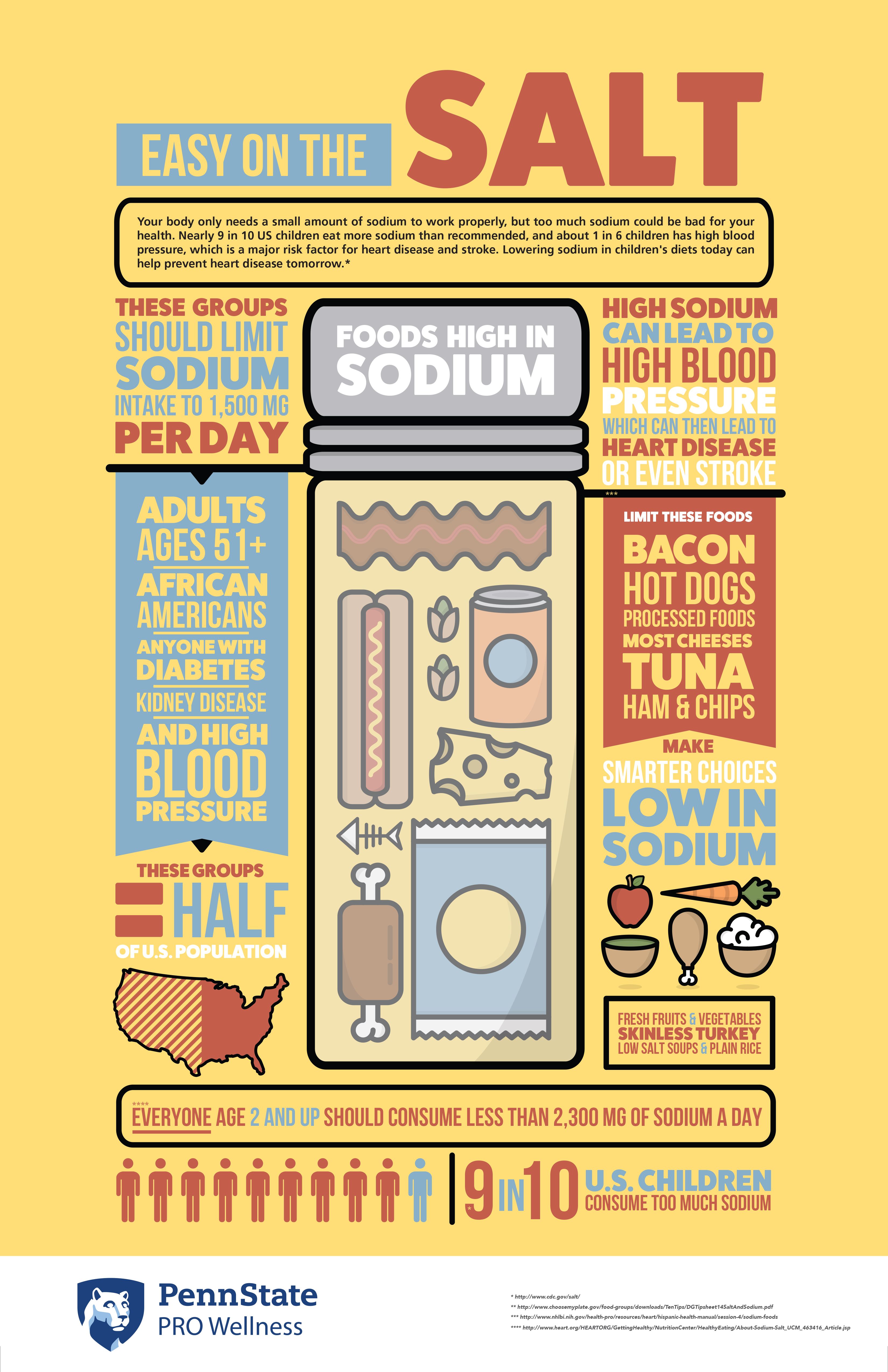
Hyponatremia – Symptoms, causes, treatment
You are here
Home » A to Z » Hyponatremia
- English
- Español
What is hyponatremia?
Hyponatremia means that the sodium level in the blood is below normal. Your body needs sodium for fluid balance, blood pressure control, as well as the nerves and muscles. The normal blood sodium level is 135 to 145 milliequivalents/liter (mEq/L). Hyponatremia occurs when your blood sodium level goes below 135 mEq/L.
When the sodium level in your blood is too low, extra water goes into your cells and makes them swell. This swelling can be dangerous especially in the brain, since the brain cannot expand past the skull.
What causes hyponatremia?
A low sodium level in your blood may be caused by too much water or fluid in the body. This “watering down” effect makes the amount of sodium seem low. Low blood sodium can also be due to losing sodium from the body or losing both sodium and fluid from the body.
Hyponatremia can be the result of illnesses and medications. Some causes that may be related to kidney disease include:
- Kidney failure – the kidneys cannot get rid of extra fluid from the body
- Congestive heart failure – excess fluid builds up in the body
- Diuretics (water pills) – makes the body get rid of more sodium in the urine
- Antidepressants and pain medication – may cause more sweating or urinating than normal
- Severe vomiting or diarrhea – the body loses a lot of fluid and sodium
- Excessive thirst (primary polydipsia) – causes too much fluid intake
What are the symptoms of hyponatremia?
There may be no symptoms if you have mild hyponatremia. You may have symptoms when the level of sodium in your blood goes too low or drops too fast. In severe cases, you may have one or more of the following:
- Nausea or vomiting.
- Headache, confusion, or fatigue
- Low blood pressure
- Loss of energy
- Muscle weakness, twitching, or cramps
- Seizures or coma
- Restlessness or bad temper
How do you treat hyponatremia?
Treatment is based on the cause and the seriousness of your hyponatremia.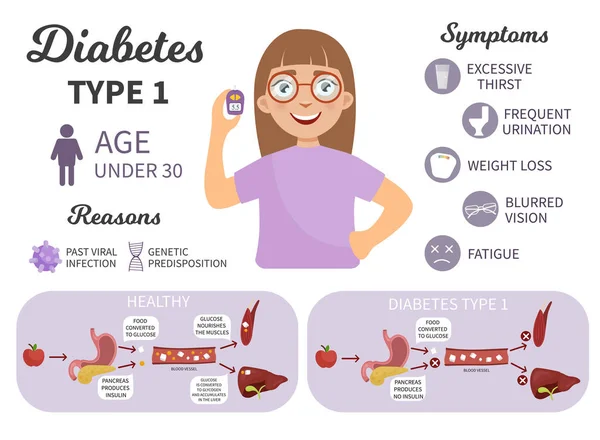 You may have to cut back on the amount of liquids you drink if you have extra water in your body. Your healthcare provider may also adjust your diuretic (water pill) use to raise the level of blood sodium. You may also need one or more of the following:
You may have to cut back on the amount of liquids you drink if you have extra water in your body. Your healthcare provider may also adjust your diuretic (water pill) use to raise the level of blood sodium. You may also need one or more of the following:
- Intravenous (IV) fluid – Sodium solutions may be given through your vein to increase the amount of sodium in your blood. This is usually done in the hospital.
- Sodium retaining medicines: These medicines help your kidneys get rid of large amounts of urine. This makes the extra water leave your body and keeps the sodium inside your body.
- Dialysis: If your kidneys are not working well you may need to have dialysis to decrease the extra water in your body.
If you would like more information, please contact us.
© 2015 National Kidney Foundation. All rights reserved. This material does not constitute medical advice. It is intended for informational purposes only. Please consult a physician for specific treatment recommendations.
Save this content:
Share this content:
Is this content helpful?
Back to top:
Last Reviewed: 08/11/2022
Is this content helpful?
Low blood sodium: MedlinePlus Medical Encyclopedia
Low blood sodium is a condition in which the sodium level in the blood is lower than normal. The medical name of this condition is hyponatremia.
Sodium is found mostly in the body fluids outside the cells. Sodium is an electrolyte (mineral). It is very important for maintaining blood pressure. Sodium is also needed for nerves, muscles, and other body tissues to work properly.
When the amount of sodium in fluids outside cells drops below normal, water moves into the cells to balance the levels. This causes the cells to swell with too much water. Brain cells are especially sensitive to swelling, and this causes many of the symptoms of low sodium.
With low blood sodium (hyponatremia), the imbalance of water to sodium is caused by one of three conditions:
- Euvolemic hyponatremia — total body water increases, but the body’s sodium content stays the same
- Hypervolemic hyponatremia — both sodium and water content in the body increase, but the water gain is greater
- Hypovolemic hyponatremia — water and sodium are both lost from the body, but the sodium loss is greater
Low blood sodium can be caused by:
-
Burns that affect a large area of the body - Diarrhea
- Diuretic medicines (water pills), which increase urine output and loss of sodium through the urine
- Heart failure
- Kidney diseases
- Liver cirrhosis
- Syndrome of inappropriate antidiuretic hormone secretion (SIADH)
- Sweating
-
Vomiting
Common symptoms include:
- Confusion, irritability, restlessness
- Convulsions
- Fatigue
- Headache
- Loss of appetite
- Muscle weakness, spasms, or cramps
- Nausea, vomiting
The health care provider will perform a complete physical examination and ask about your symptoms. Blood and urine tests will be done.
Blood and urine tests will be done.
Lab tests that can confirm and help diagnose low sodium include:
Comprehensive metabolic panel (includes blood sodium, normal range is 135 to 145 mEq/L, or 135 to 145 mmol/L)
- Osmolality blood test
- Urine osmolality
- Urine sodium (normal level is 20 mEq/L in a random urine sample, and 40 to 220 mEq per day for a 24-hour urine test)
The cause of low sodium must be diagnosed and treated. If cancer is the cause of the condition, then radiation, chemotherapy, or surgery to remove the tumor may correct the sodium imbalance.
Other treatments depend on the specific type of hyponatremia.
Treatments may include:
- Fluids through a vein (IV)
- Medicines to relieve symptoms
- Limiting water intake
Outcome depends on the condition that is causing the problem. Low sodium that occurs in less than 48 hours (acute hyponatremia), is more dangerous than low sodium that develops slowly over time. When sodium level falls slowly over days or weeks (chronic hyponatremia), the brain cells have time to adjust and swelling may be minimal.
When sodium level falls slowly over days or weeks (chronic hyponatremia), the brain cells have time to adjust and swelling may be minimal.
In severe cases, low sodium can lead to:
- Decreased consciousness, hallucinations or coma
- Brain herniation
- Death
When your body’s sodium level drops too much, it can be a life-threatening emergency. Call your provider right away if you have symptoms of this condition.
Treating the condition that is causing low sodium can help.
If you play sports or do other vigorous activity, drink fluids such as sports drinks that contain electrolytes to keep your body’s sodium level in a healthy range.
Hyponatremia; Dilutional hyponatremia; Euvolemic hyponatremia; Hypervolemic hyponatremia; Hypovolemic hyponatremia
Dell K M. Fluid, electrolytes, and acid-base homeostasis. In: Martin RJ, Fanaroff AA, Walsh MC, eds. Fanaroff and Martin’s Neonatal-Perinatal Medicine. 11th ed. Philadelphia, PA: Elsevier; 2020:chap 92.
Pasco J. Electrolyte disturbances. In: Cameron P, Little M, Mitra B, Deasy C, eds. Textbook of Adult Emergency Medicine. 5th ed. Philadelphia, PA: Elsevier; 2020:section 12.2
Verbalis JG. Disorders of water balance. In: Yu ASL, Chertow GM, Luyckx VA, Marsden PA, Skorecki K, Taal MW, eds. Brenner and Rector’s The Kidney. 11th ed. Philadelphia, PA: Elsevier; 2020:chap 15.
Updated by: David C. Dugdale, III, MD, Professor of Medicine, Division of General Medicine, Department of Medicine, University of Washington School of Medicine. Also reviewed by David Zieve, MD, MHA, Medical Director, Brenda Conaway, Editorial Director, and the A.D.A.M. Editorial team.
How do you know if you have a salt deficiency in the body? The symptoms may surprise you! • Metabolism • Nutritionist Julia Bogdanova
If you look at the history of mankind, salt has long been a key component of the diet. Homer calls it a sacred substance, Plato says that it is especially dear to the gods.
Psychologist Ernest Jones argued that the desire of people to possess salt is almost an obsessive passion. Wars have been unleashed because of salt, books have been written about it.
In this article I will share modern scientific views on salt intake in order to answer the questions:
- What is the reason for the lack of salt in the body
- Do you have a lack of salt
Sugar cravings can be the flip side of salt deficiency! My Blood Sugar Optimization Program will help you improve your nutrition so you can naturally overcome food addictions, including sugar.
Cause of salt deficiency
For the last 200 years, mankind has consumed an average of 8-15 g of salt per day, which is 1.5-3 teaspoons.
However, a couple of decades ago, official health authorities began to recommend a significant reduction in the dose – to 2.3 g of sodium, or about 1 teaspoon of salt per day. Salt has also been blamed for a number of health problems.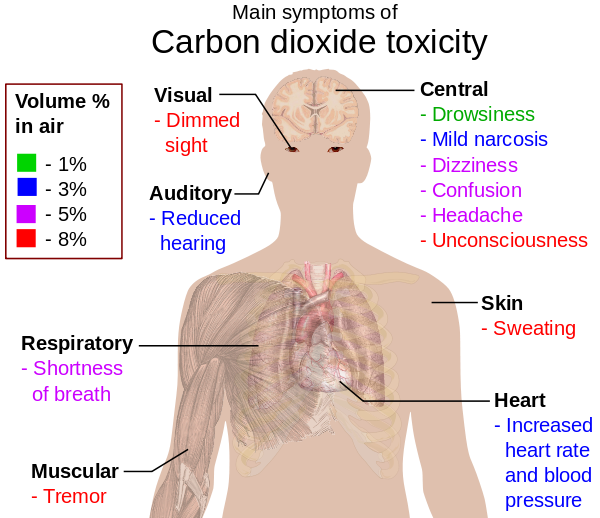
When a substance with such a history of use, and without any side effects, is suddenly elevated to the category of dangerous enemies, suspicions immediately creep in as to the regularity of the charges.
The story of the demonization of fat (1) comes to mind, which led to an increase in the consumption of processed carbohydrates, which in turn became a significant factor in the worldwide epidemic of diabetes and metabolic syndrome.
The same is with cholesterolophobia (2), which did not solve the problem of cardiovascular diseases, and, according to many experts today, even aggravated it.
Why didn’t the salt please you? What accusations are made by salts and how justified are they? Let’s find out! So, the main accusation against salt can be formulated something like this:
Due to the content of sodium chloride in salt, the use of it in volumes exceeding the officially recommended limits threatens us with high blood pressure. And increased blood pressure, in turn, increases the likelihood of developing cardiovascular disease and, in general, is a risk factor for health.
Health benefits of salt (sodium)
What role does sodium play in the body?
- Na is one of the most important minerals for human health. Its task is to regulate water-salt metabolism and acid-base balance (I recently wrote about it here). Working in synergy with its antagonist potassium, sodium is involved in the conduction of nerve impulses, helping the body to carry out mechanical movements.
- The chloride ions contained in it are used to produce hydrochloric acid in the stomach. It performs a very important function in the digestion of food and the destruction of pathogens.
- Sodium is an important component of extracellular fluids (such as blood plasma and lymph) and is actively involved in the regulation of their volume. And their volume is important, among other things, for the health of the cardiovascular system. Let’s dwell on this in more detail.
Salt and water-salt metabolism: “Who is to blame?”
The harmful salt hypothesis suggests that its use leads to an increase in sodium concentration, to which the body reacts by retaining fluid to return to the optimal concentration of potassium and sodium.
This increase in fluid volume results in an increase in pressure. However, the situation here is not so simple. Like all processes in the body, the regulation of water-salt balance is not limited to one factor, in this case, the amount of sodium we consume.
To maintain it, a complex system is used, within which organs work, hormones, enzymes and numerous other substances are produced.
Renowned science journalist Gary Taubes (3), author of acclaimed books on weight management, spoke out against the unduly primitive attitude to regulation, which consists in the formula “eat less and move more”. About this he said in the journal Science (4) the following:
The mechanism of regulation of water-salt exchange can be compared in complexity with a Russian novel. There are more than 50 heroes in it, among them are micro and macro elements, hormones, enzymes, growth factors.
Just think about it: 50 plus substances involved in the regulation of water-salt metabolism, of which only one has recently been focused on in public discussion – sodium from salt!
It turns out that fluid retention occurs not only and not even necessarily in response to the use of sodium from the salt containing it.
Causes (5) can be stress, poor sleep quality, a lot of food, sugar(!), temperature and chemicals from the environment, a lot of medicines and even loneliness!
Read more about the causes of high blood pressure in nutrition and lifestyle.
What is the theory about the harm of salt based on?
Interestingly and sadly, the research most often cited by salt restriction advocates simply ignores the known diversity of factors that influence blood pressure regulation.
This is a large epidemiological study by Intersalt (6) that tracked the relationship between salt intake and blood pressure in Western countries and a number of isolated tribes.
As can be seen from the graph below, the variation in salt intake and blood pressure makes it difficult to find any relationship between these factors.
Researchers, despite the wide distribution of salt intake and health data, singled out the Yanomami Indian tribe, who are known for their low salt intake and low blood pressure.
This tribe, which later turned out to be generally not very healthy, and also had a genetic mutation associated with the regulation of blood pressure, was then used by experts to establish universal mass recommendations for salt intake.
Researchers have also recognized that in addition to low sodium intake and high intake of its potassium antagonist, there are many other factors in the life of the Yanomami tribe that may contribute to maintaining low blood pressure, including:
- low body mass index
- almost no obesity
- high fiber intake
- no alcohol
- regular physical activity
- living in an isolated community away from the stress of modern civilization, money exchange and the need to have a job
Despite the presence of numerous factors other than salt intake that affect blood pressure regulation, as well as the unique characteristics of the Yanomami tribe and the observational nature of this study, it has long been considered a credible scientific rationale for recommending a significant restriction in the diet of salt.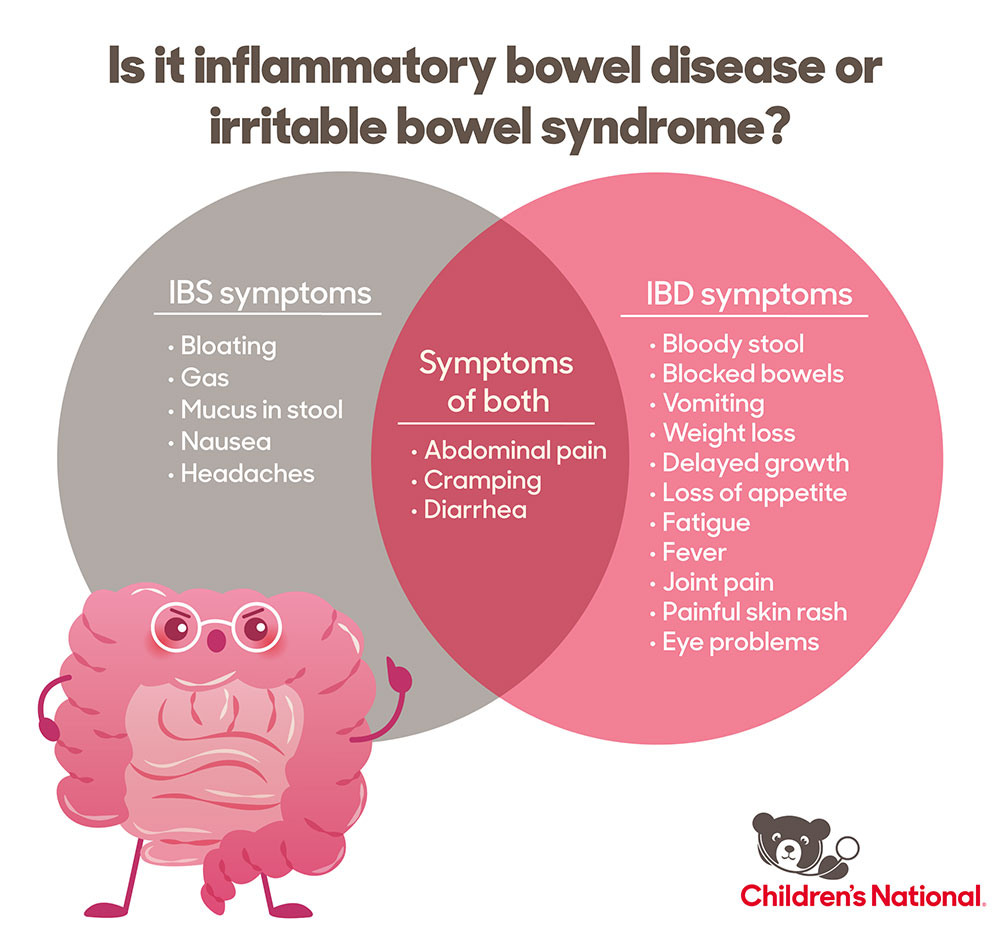
Our ancestors were not deficient in salt
The founders of a movement in nutrition called Paleo also inadvertently contributed to the crackdown on salt, basing their calls to reduce salt intake on anthropological studies indicating a low sodium content in the diet of the Paleolithic period.
However, modern researchers point out the inaccuracies of these data, because they are based on the calculation of the sodium content in muscle pieces of meat and in land plants, where it is really very small.
This does not take into account that our ancestors ate sodium-rich animal organs and blood, as well as marine plants.
According to the author of The Salt Fix (7) Dr. Di Nicolantonio, the blood of a 70 kg deer contains approximately 150 grams of sodium!
Our ancestors, who ate everything “from hooves to tail” (a now forgotten practice), received sodium from internal organs and blood. So, our ancestors obviously did not suffer from a lack of salt, as we do now.
Salt benefits and harms are all relative!
In addition to the fact that pressure regulation is influenced by a huge number of different factors, you and I can have very different reactions to salt!
If you eat an unusually large amount of salt for you, many will have swelling the next day and will remain for some time until the kidneys adjust and begin to excrete excess sodium in the urine, returning the body to balance. And, perhaps, because of this, someone’s pressure will rise a little. But this is not at all necessary: individual reactions can vary greatly
Frank Epstein Nephrologist, Harvard Medical School
That is to say, not all of us get high blood pressure in response to increased salt intake – even though we have increased fluid volume in the body!
There is even such a scientific concept: “salt sensitivity” (8). So far, it can be checked only experimentally: give a person a larger portion of salt than usual for him and observe the reaction.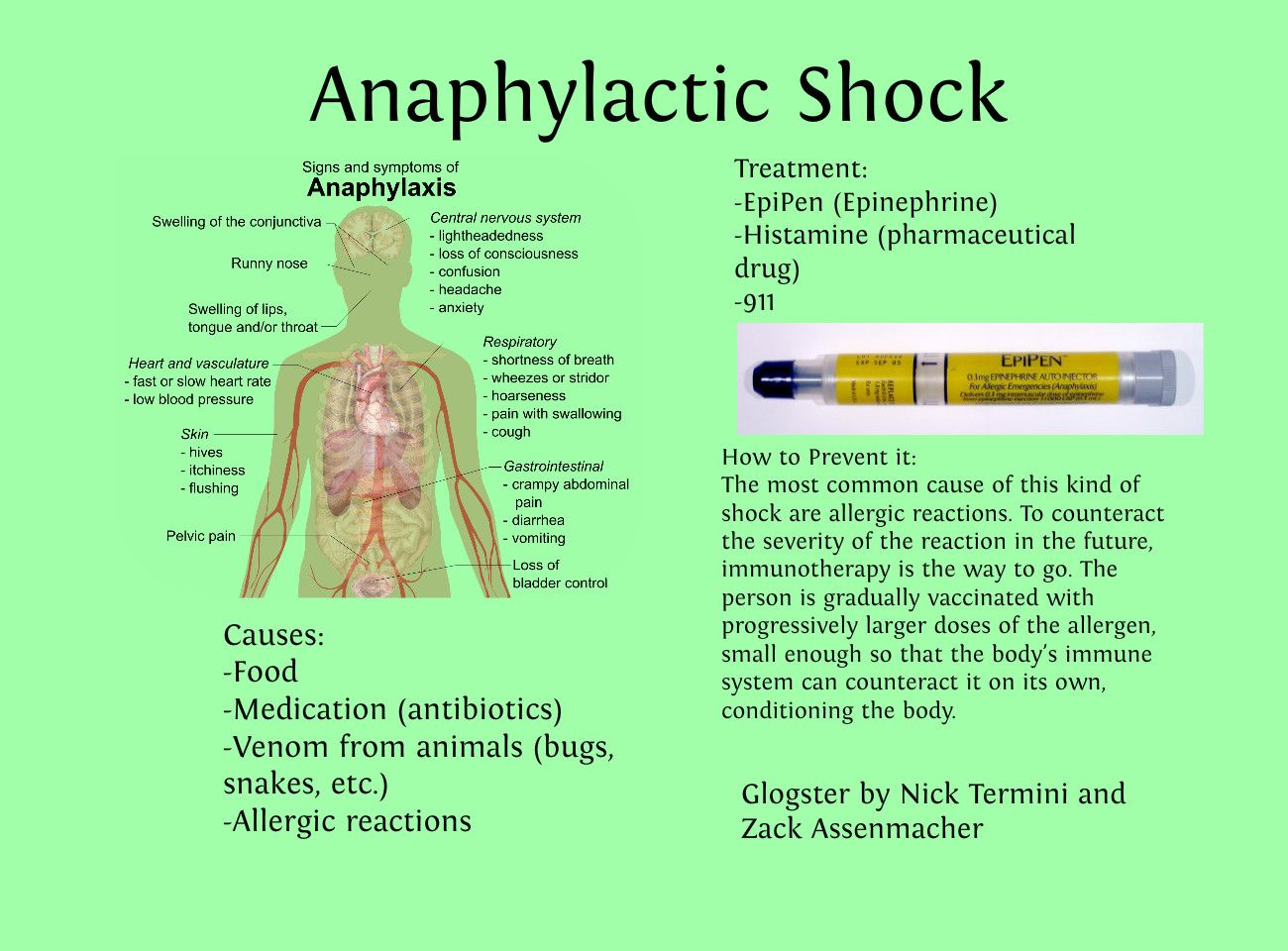
According to the results of studies with a significant restriction of the amount of salt in the diet:
- about 30% of the population will have a slight (2-6 mmHg) decrease in systolic blood pressure;
- about 20% will have an increase in pressure by about the same;
- 50% will have no effect.
Another reason to ask, how can the recommendation of numerous official organizations to massively reduce salt intake be justified?
High blood pressure is one of the manifestations of insulin resistance and dysregulation of blood sugar (9). Take a free test to find out if your sugar regulation is optimal.
Consequences of lack of salt in the body
Despite our very different reactions to salt and poor quality and one-sided research, there is a lot of talk about the dangers of salt for health.
On the other hand, very little is said from the stands and screens about what happens when salt intake is limited and, consequently, there is a lack of salt in the human body.
When the sodium level falls below the permissible norm, the body takes measures to preserve it, and the hormonal system under the complex name renin-angiotensin-aldosterone actively enters into action.
Retention of sodium is carried out with the help of the enzyme renin and the hormone aldosterone, an increased level of which in the analyzes is a marker of lack of salt (sodium).
Interestingly, gradual increases in renin and aldosterone occur (10) with less than 8 grams of salt per day (approximately 1.5 teaspoons). And with a decrease in the volume of consumption to 6 grams, their sharp rise begins.
Let me remind you that the official WHO recommendation, which was discussed at the beginning of the article, urges us to consume no more than 2300 mg of sodium per day, which is less than 1 teaspoon of salt!
Chronically elevated levels of renin and aldosterone, maintained for sodium retention, have been shown in many studies to lead to health hazards such as inflammation, increased risk of diabetes, metabolic syndrome, cognitive impairment, cardiovascular disease, and increased risk of death from all causes!
Research confirming the risk of salt deficiency
- A recent study (11) by Harvard Medical School showed that after about seven days of very low salt intake of 1 gram (1/5 teaspoon per day) healthy people develop insulin resistance, which does not occur in the control group.

- Another study (12) showed that salt deficiency, caused by reducing dietary salt from 13 grams (about 2.5 teaspoons) to about 1 teaspoon, led to a significant increase in the risk of cardiovascular death.
- A long-term study (13) with a large number of participants presented a J-curve effect of salt intake, with a lower risk range for all-cause mortality between 1.3 teaspoons (7 grams) and three teaspoons (15 grams) of salt per day.
- A 2012 study (14) in the American Journal of Hypertension found that people on a low-salt diet had higher blood levels of renin, cholesterol and triglycerides.
- A 2011 study (15) found that salt deficient people with type 2 diabetes were more likely to die prematurely from any cause and from cardiovascular disease.
Who is at particular risk of salt deficiency?
I seriously thought about the risks of not having enough salt during one of the first streams of the program to optimize blood sugar regulation.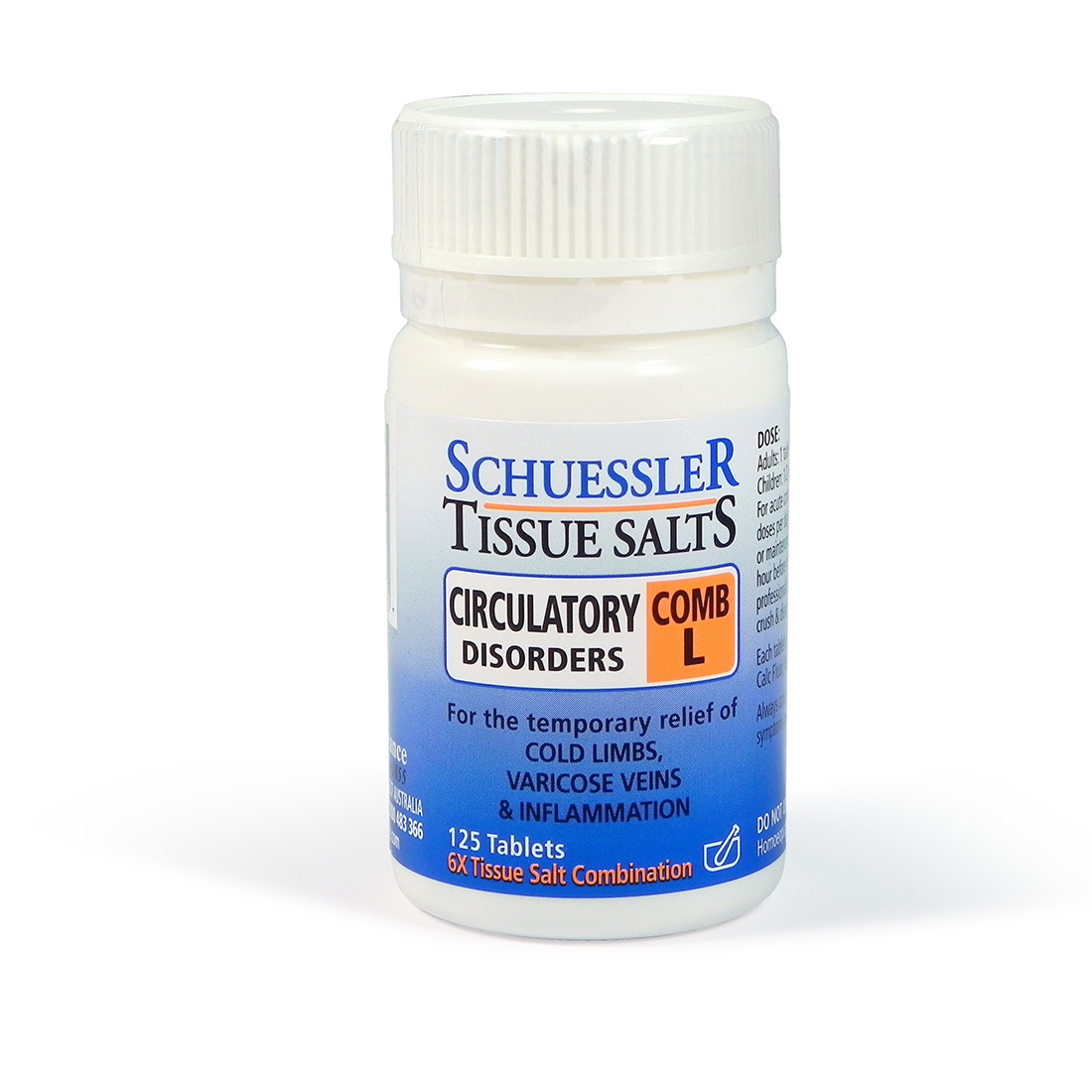 The diet on the course is whole foods with a relatively small amount of carbohydrates.
The diet on the course is whole foods with a relatively small amount of carbohydrates.
It turns out that the participants provoked a lack of salt by removing significant sources of sodium in the diet of modern people – these are, first of all, processed foods in which it is added.
They also had increased sodium excretion by lowering insulin levels, which at elevated levels helps the kidneys retain sodium.
Dr. Di Nicolantonio, in his book “The Salt Fix”, talks about the following categories of people who are particularly easy to “earn” a salt deficiency, and therefore need to closely monitor their intake of adequate amounts:
- Those who follow a paleo diet – no processed foods, no high amounts of sugar and starch from grains that increase insulin levels.
- For those on a ketogenic diet, high sodium intake is especially important because of the low carbohydrate content that aids in sodium absorption, and because of high sodium excretion due to relatively low insulin levels.

- People with chronic gastrointestinal diseases – diseases such as Crohn’s disease, colitis, celiac disease and irritable bowel syndrome due to mucosal damage lead to poor absorption of sodium.
- People with an underactive thyroid – because thyroid hormones help the kidneys reabsorb sodium. On the other hand, in many parts of the world, unrefined salt (such as Himalayan and Celtic) is one of the few foods that contains iodine, which is essential for the production of thyroid hormones.
- People with sleep apnea – due to pauses in breathing during sleep, approximately 3 grams of sodium are lost per night.
- Athletes, especially those who train for endurance. In 2002, the Boston Marathon found that 13% of 488 researchers had hyponatremia (salt deficiency), and studies of participants in other endurance events suggest that the incidence of hyponatremia is up to 29% – even in the absence of pronounced symptoms.
- Older people who are more likely to fall with fractures, cognitive decline when low sodium levels.

Symptoms of lack of salt in the body
Mild form of hyponatremia, that is, sodium deficiency can manifest itself in symptoms such as:
- weakness;
- headache;
- concentration difficulty;
- irritability;
- dizziness;
- frequent urination;
- sometimes muscle spasms.
How to accurately determine the lack of salt? Hyponatraemia Scores
Sodium and potassium status can be measured with blood tests. Hyponatremia is defined as a serum sodium level less than 135 mmol/L.
- Mild hyponatremia starts at 130-134 mmol/l.
- Average is 125-129 mmol/L.
- And severe – below 125 mmol / l.
Non-standard signs of salt deficiency
Another interesting feature that a growing number of experts are talking about is an increase in sugar cravings in those who do not consume enough salt.
The craving for salt is inherent in us because of the physiological need for it, which can be seen in the example of animals that gather at salt stones.
Salt deficiency can contribute to the development of sugar cravings through 2 mechanisms:
Sugar instead of salt to improve mood. And vice versa
According to research results, salt (sodium) deficiency can cause depressive states, a feeling of apathy, which many begin to fight with the help of food that brings comfort and pleasant sensations.
These are, as a rule, sweets that are physiologically able to lead to an increase in energy levels and mood for a short time.
Clinical and observational studies (16) in humans and animals suggest that chronic unmet need for sodium contributes to the development of psychological symptoms close to depression.
Craving for sweets? In fact, you may be deficient in salt!
The second mechanism can be compared to eating when thirsty, which many people mistake for hunger. That is, we try to drown out the unconscious craving for salt through the use of sugar. I just had participants on the course who, after increasing the amount of salt consumed, felt calm and reduced cravings for sweets.
My Blood Sugar Optimization Program will help you improve your nutrition to help you naturally overcome food addictions, including sugar.
Conclusion
- Many experts conclude that we ourselves are able to adequately regulate salt intake – based on the signals that the body gives us.
- If you have already given up the use of processed foods to which sodium is added, you do not have a sugar addiction, pronounced sensitivity to salt, impaired kidney function, then you should not limit the amount of salt in food – salt to taste.
- Try to buy unprocessed salt – such as Himalayan, Celtic, Crimean. In addition to sodium, these types of salt also contain high amounts of minerals that we also need for health. That is, good salt is a great nutritional supplement!
- If you’re wondering if you’re deficient in salt, try adding some unrefined salt to your morning water for several days in a row and see if it makes you feel any better
Article references:
1. https://www.nytimes.com/2016/09/13/well/eat/how-the-sugar-industry-shifted-blame-to-fat.html
https://www.nytimes.com/2016/09/13/well/eat/how-the-sugar-industry-shifted-blame-to-fat.html
https://www.ncbi.nlm.nih.gov/pubmed/?term=rethinking+dietary+cholesterol
3. http://garytaubes.com/
4. http://garytaubes.com/wp-content/uploads/2011/08/science-political-science-of-salt.pdf
5. https://www.huffingtonpost.com/2015/01 /14/causes-of-high-blood-pressure-surprising-_n_6445366.html
6. https://www.ncbi.nlm.nih.gov/pubmed/
7. http://thesaltfix.com /
8. http://hyper.ahajournals.org/content/27/3/481
9. https://www.ncbi.nlm.nih.gov/pmc/articles/PMC3996172/
10. https://www.ncbi.nlm.nih.gov/pubmed/1759997
11. https://www.ncbi.nlm.nih.gov/pubmed/21036373
12. https://www.ncbi.nlm.nih.gov/pubmed/9519949
13. https:/ /www.ncbi.nlm.nih.gov/pubmed/22639013
14. https://www.ncbi.nlm.nih.gov/pubmed/22071811
15. https://www.ncbi.nlm.nih .gov/PMC/ARTICES/PMC3041211/
16. http://wwww.sciencedirect.com/science/article/s0031938408001054
http://wwww.sciencedirect.com/science/article/s0031938408001054
Sodium in the blood violates cognitive functions
in elderly men. low sodium level in blood may be the cause of the deterioration of cognitive functions – such a conclusion was made in the course of a new work by scientists from the University of Colorado School of Medicine, USA. They published their findings in the Clinical Journal of the American Society of Nephrology.
Low blood sodium, or hyponatremia, is defined as a condition in which the sodium content in the blood is ≤135 mmol/L. It can lead to impaired attention, increase the risk of fractures, the development of cardiovascular disorders and even premature death. In previous studies, scientists have drawn attention to the dangers of drinking too much water during sports training, as this can lead to sports-associated hyponatremia. It is manifested by dizziness, nausea and swelling, in more severe cases, neurological and cognitive impairments occur, and a fatal outcome is also possible. In the world, 14 cases of death of healthy athletes from this condition have been recorded.
In the world, 14 cases of death of healthy athletes from this condition have been recorded.
Mild hyponatremia is common among the elderly, but its association with cognitive impairment is currently unknown. The main object of this study was to study the effect of sodium levels in the blood on cognitive functions in elderly men.
Sodium and the risk of cognitive impairment
In the course of the work performed, scientists analyzed data from 5435 healthy men over the age of 65 years (mean age 74±6 years, mean blood sodium level 141±3 mmol/l) who participated in major study on fractures and osteoporosis. The health status of the study participants was assessed by specialists on average every 4.6 years. It turned out that those participants whose blood sodium concentration was 126-140 mmol / l were 30% more likely to be diagnosed with cognitive impairment at the beginning of work than their peers with higher blood sodium levels (relative risk (RR) 1 ,30, 95% confidence interval (CI) 1. 06–1.61). In addition, the researchers noted that men with hyponatremia were 37% more likely to develop such disorders during the study than other participants (RR 1.37, 95% CI 1.06-1.77).
06–1.61). In addition, the researchers noted that men with hyponatremia were 37% more likely to develop such disorders during the study than other participants (RR 1.37, 95% CI 1.06-1.77).
After analyzing the results and taking into account other factors that affect cognition, the scientists concluded that sodium levels in older men are independently associated with the development of cognitive impairment. The researchers found, surprisingly, that high blood sodium (143-153 mmol/L) over time was also associated with the development of cognitive impairment.
Project leader Dr. Kristen Nowak says more research is needed to make a firm conclusion. In addition, scientists should explore possible methods to prevent the development of cognitive impairment in people with low sodium levels in the blood. K. Novak added that specialists should be aware that a slight decrease in sodium concentration is likely to go unnoticed in clinical practice. Given the fact that changes in cognition and blood sodium levels often occur in older people, future research on this topic is extremely important, especially to determine the impact of correcting low sodium levels on cognition.

 Psychologist Ernest Jones argued that the desire of people to possess salt is almost an obsessive passion. Wars have been unleashed because of salt, books have been written about it.
Psychologist Ernest Jones argued that the desire of people to possess salt is almost an obsessive passion. Wars have been unleashed because of salt, books have been written about it.


